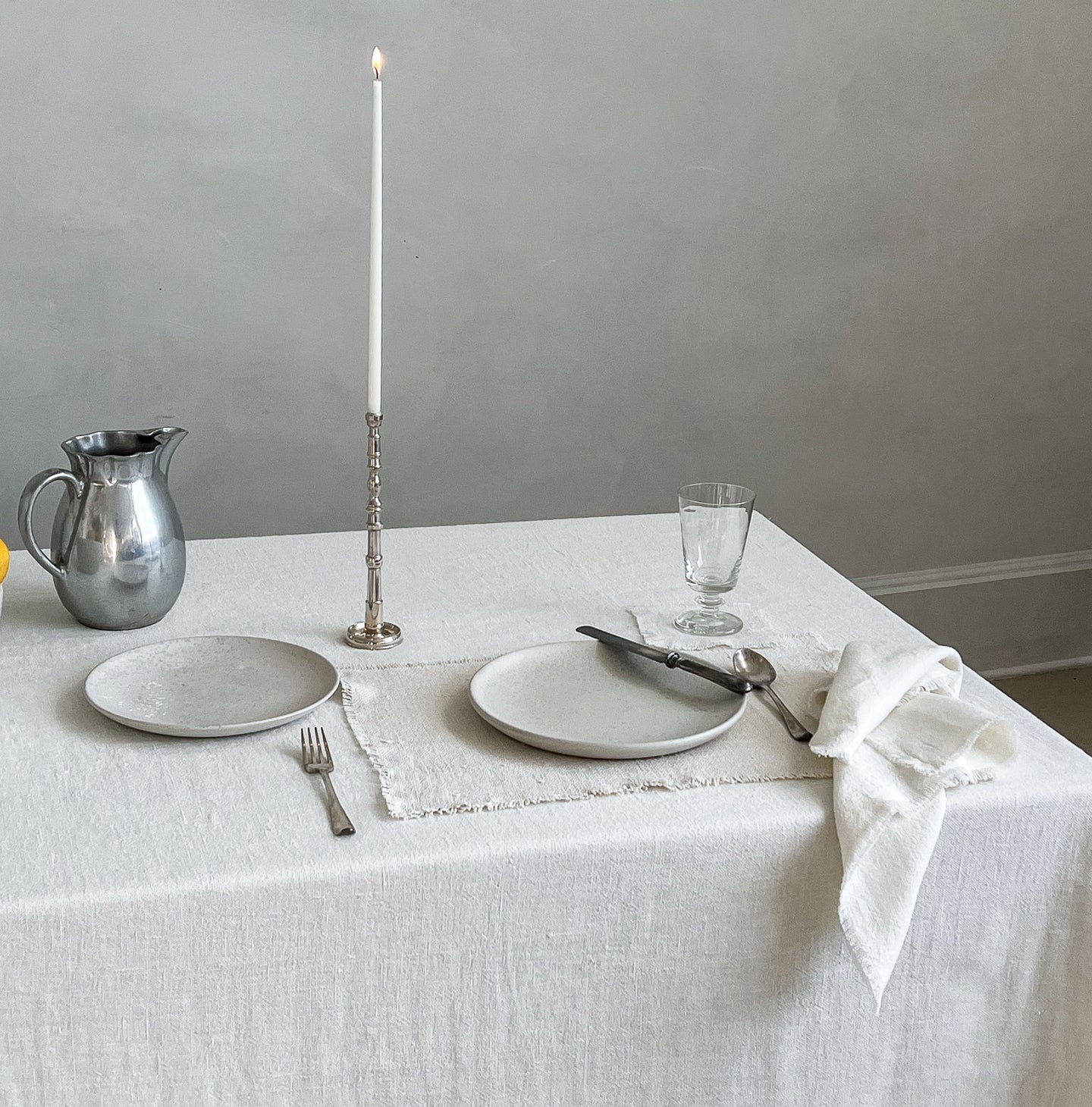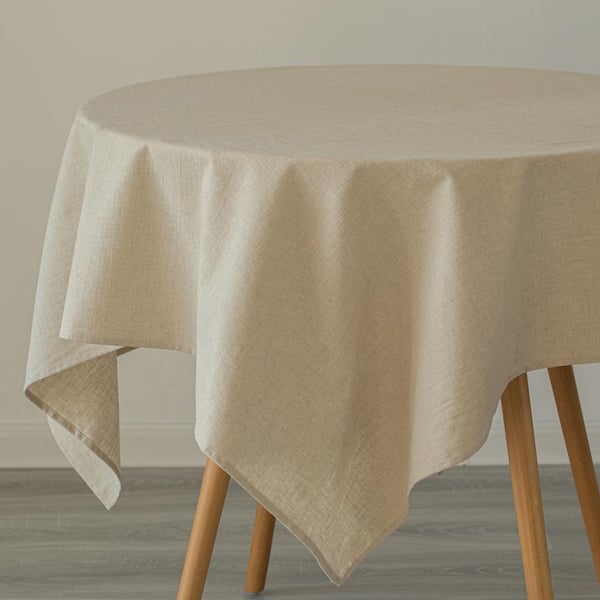Just how to Pick the Perfect Table Runner for Your Table
Linen Material Developments: Discovering Modern Trends and Creative Applications in Style and Fabric Market
From lasting production approaches to cutting-edge weaving modern technologies, the advancement of linen is improving the landscape of the textile sector. As we dive into the realms of imaginative layout applications and the appearance of linen blends and hybrid textiles, a brand-new chapter unravels in which linen's function in future textile developments takes facility phase.
Sustainable Practices in Bed Linen Manufacturing
Lasting methods in bed linen manufacturing have come to be increasingly critical in the textile sector's initiatives to lessen ecological influence and advertise moral sourcing techniques. Bed linen, a natural fiber originated from the flax plant, supplies a variety of benefits such as breathability, longevity, and biodegradability. Nevertheless, traditional methods of linen manufacturing can involve substantial water consumption, chemical use, and energy-intensive processes.
To resolve these difficulties, lots of fabric producers are embracing sustainable techniques throughout the linen manufacturing procedure. This includes sourcing flax from natural ranches that prevent hazardous chemicals and chemicals, implementing water-efficient retting methods to essence fibers from the flax stalks, and using green dyes and coatings. Additionally, some business are buying eco-friendly power resources to power their manufacturing facilities and decreasing waste through recycling and upcycling efforts.
Technological Developments in Linen Weaving
With the expanding focus on lasting practices in bed linen production, the textile market is now witnessing a rise in technological innovations specifically intended at changing the art of linen weaving. These developments are improving the means bed linen materials are generated, supplying boosted performance, high quality, and creativity in weaving strategies.
One of the key technical improvements in bed linen weaving is the integration of computerized looms. These advanced looms are geared up with software application that permits intricate and complicated styles to be woven with accuracy. By digitizing the weaving process, makers can accomplish higher uniformity and accuracy in their linen materials.
In addition, developments in thread spinning technology have allowed the production of finer and more durable linen yarns - table cloths. This leads to softer and smoother bed linen textiles that retain their quality even after multiple usages and laundries
Additionally, the development of environmentally friendly dyeing processes and surfaces for linen fabrics is getting grip. These sustainable techniques not just lower the environmental influence but additionally cater to the enhancing customer need for ethically created fabrics.
Creative Design Applications for Linen
Cutting-edge artistic methods are increasingly shaping the imaginative design applications for linen in the textile industry. Linen's natural visual charm and capacity to mix with various other textiles make it a favorite choice for developing special garments and accessories that provide to the ecologically aware customer.
Additionally, developers are explore linen in home style, using its breathable and long lasting nature to craft fashionable furnishings such as curtains, bed linens, and furniture. The structure and drape of bed linen bring a sense of sophistication and convenience to interior spaces, adding a touch of beauty to contemporary homes.

Linen Blends and Crossbreed Fabrics

Hybrid materials, on the various other hand, take the idea of blending a step additionally by integrating extra components such as metallic strings, recycled products, or conductive fibers. These cutting-edge textiles not just expand the design opportunities but likewise present useful facets like conductivity, antimicrobial properties, or boosted longevity. Crossbreed materials are significantly being made use of in different industries, including fashion, indoor style, and technological textiles, where the need for multifunctional products is on the increase.
Bed linen's Function in Future Fabric Innovations

In the pop over to this web-site world of future fabric innovations, linen is anticipated to be a principal in the growth of advanced practical materials. Developers and researchers are exploring methods to improve bed linen's integral top qualities through technological developments, such as integrating wise fabrics, nanotechnology, and efficiency coatings. These innovations aim to elevate linen's performance attributes, making it suitable for a broader series of applications, from activewear to protective clothes.
Furthermore, the combination of linen with various other all-natural or synthetic fibers opens up countless possibilities for creating novel fabrics with one-of-a-kind residential properties and functionalities. By leveraging bed linen's qualities and discovering cutting-edge blends, the fabric industry is poised to introduce amazing growths that provide to progressing consumer needs and sustainability requirements.
Verdict
In verdict, the expedition of sustainable techniques, technical improvements, innovative design applications, bed linen blends, and its duty in future textile innovations highlight the continual advancement of linen fabric in the modern-day style and textile sector. With an emphasis on development and creativity, the convenience and environment-friendly nature of linen make it a valuable product for designers and suppliers alike, leading the way for more advancements and advancements in the area of textiles.
As we dive into the worlds of creative layout applications and the development of bed linen blends and hybrid textiles, a new phase unravels in which linen's duty in future textile technologies takes center phase.
Exploring the combination of bed linen with other textiles has led to the introduction of innovative blends and hybrid fabrics in the contemporary textile sector. Linen blends use an unique combination of the features of linen with those of other fibers, resulting in textiles that have enhanced buildings such as enhanced longevity, improved draping, and minimized wrinkling.The advancement of linen blends and hybrid materials has actually established the stage for Linen to play a critical duty in driving future fabric innovations.In the world of future fabric innovations, linen is expected to be a crucial gamer in the growth of advanced practical materials.